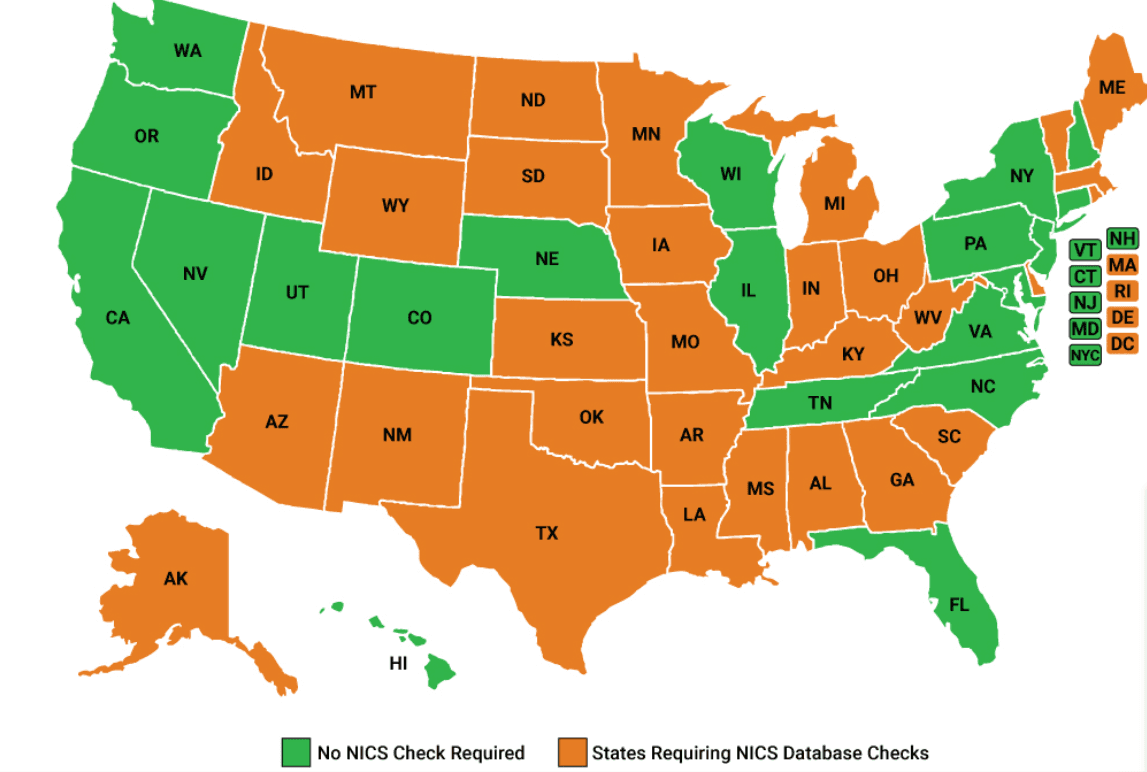How Trump's New Trade Tariffs Could Impact the Ammunition Industry — Especially for U.S. Manufacturers
Posted Apr 4, 2025
President Donald Trump’s proposal to implement sweeping new tariffs — a 10% blanket tariff on all imports, plus targeted reciprocal tariffs on countries with unbalanced trade — could have serious consequences for the U.S. ammunition industry. While much of the public focus has been on firearms and finished products, ammunition manufacturers are arguably even more vulnerable due to their reliance on global supply chains for raw materials and components.
Here’s a breakdown of what these tariffs mean specifically for ammunition manufacturing in the United States:
Increased Costs for Key Raw Materials
U.S. ammo makers depend heavily on imported metals like brass, copper, lead, and steel, especially for casings, bullet jackets, and projectiles. Tariffs on raw materials (some already as high as 25%) will increase the per-unit cost of production across the board.
- Brass and copper are essential for casing production — and the U.S. doesn't mine or refine enough domestically to meet demand.
- Lead, used in most bullet cores, is often imported due to environmental regulations that have closed many U.S. smelters.
- Even primer chemicals may be affected if precursor compounds are sourced from overseas.
The result? Higher costs to produce even the most basic FMJ rounds, which are the backbone of civilian, law enforcement, and military training.
Disruption in Global Component Supply
Even when not importing complete ammunition, U.S. reloaders and manufacturers often rely on foreign primers, projectiles, and casings. For example:
- Primers from countries like Serbia (e.g., Prvi Partizan) or Russia are already more expensive or harder to import due to existing restrictions. Additional tariffs may make them uneconomical altogether.
- Specialty projectiles like polymer-tipped hunting bullets from Europe or match-grade open-tip bullets can see tariff-driven price hikes.
These component shortages could lead to production delays, smaller batch runs, and fewer SKUs available to consumers — especially for niche calibers and subsonic loads.
Cost Pressure on Small to Mid-Sized Ammo Makers
Big names like Winchester, Federal, and Remington might be able to weather price increases by scaling up or shifting sourcing. But boutique and remanufactured ammo companies — who often source brass or bullets from various international vendors — could be hit the hardest.
Expect:
- Tighter margins
- Reduced innovation (less R&D into specialty loads or subsonic rounds)
- Higher retail prices, especially for hunting, match, and defensive ammo
Potential Decrease in Export Competitiveness
Retaliatory tariffs by other countries may also make U.S.-made ammunition less competitive overseas, where demand for American-made quality has traditionally been strong. If buyers in Europe, Asia, or South America face higher import duties on U.S. ammo, they may turn to regional suppliers instead.
Final Thoughts: Consumers Will Feel It Too
Whether you're a hunter, a competitive shooter, or someone who keeps a stash for home defense, the downstream effect is the same: expect ammo prices to climb.
And it won’t just be imports — even ammo stamped “Made in USA” may start costing more, thanks to the global nature of modern manufacturing.
In summary, Trump’s new tariffs have the potential to reshape the ammunition landscape, driving up costs for manufacturers, reducing supply for consumers, and reshuffling international trade dynamics. How the industry adapts — and whether those costs are absorbed or passed along — will define the next phase of the American ammo market.


